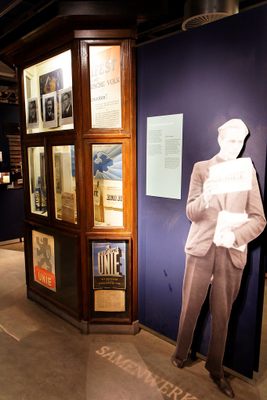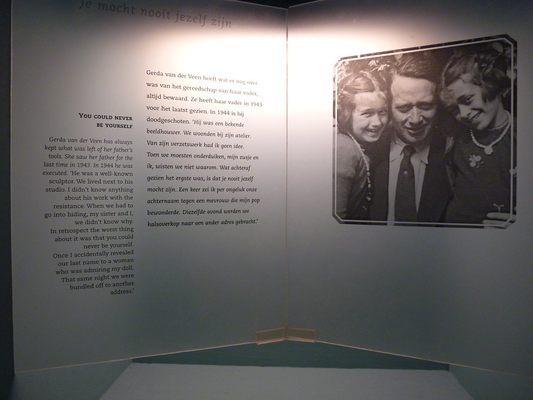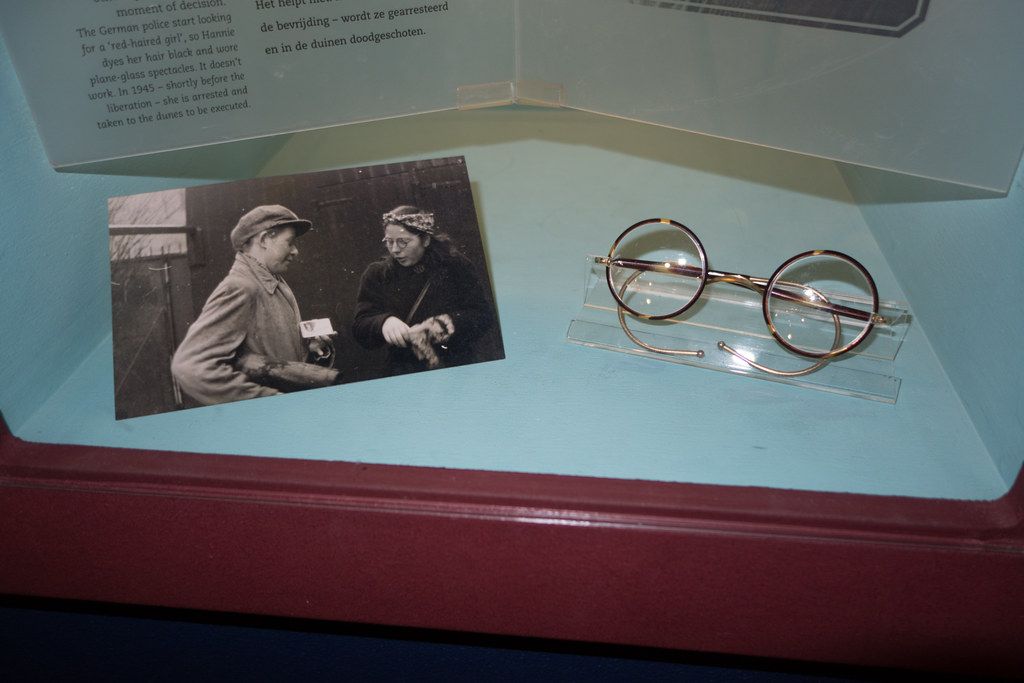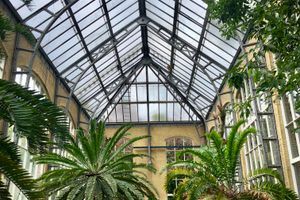About
In the Plantage neighborhood of Amsterdam stands a museum that chronicles one of the darkest episodes of modern Dutch history; the Nazi occupation of the Netherlands and the heroic resistance that fought against it.
The Dutch resistance to the Nazi occupation was largely a non-violent resistance movement that manifested in acts such as strikes, sabotage, the dissemination of clandestine anti-Nazi propaganda and literature, and protests. It was notable for the formation of the most successful organized networks in occupied Europe, which worked tirelessly and under great danger to provide safe houses to shelter and protect Jewish families from deportation to the concentration camps.
The museum showcases these heroic efforts and the artifacts relating to the resistance movement. On display are printing presses to print posters and literature, equipment for forging official documents, satirical cartoons poking fun at the Nazi occupiers, labor/union strike propaganda, underground newspapers and literature, a stolen and vandalized bust of Hitler, and displays relating to the networks that hid and protected Jews from deportation to the concentration camps.
However, there were several resistance groups in the Netherlands that, like those in France, Italy, and Greece, waged an active violent resistance against the Nazi occupiers (with allied logistical support). The museum showcases several clandestine radios used for communication between resistance groups and allied forces, which include both the larger variety of radio sets and smaller examples that are hidden in tobacco tins and matchboxes.
On display are the weapons used by such resistance fighters in operations to assassinate German troops and Nazi officers such as pistols, grenades, and Sten machine guns, as well as weapons used in hand-to-hand combat such as commando and stiletto knives. Here too can be seen the ingenious methods used by the resistance to conceal weapons such as prams with false bottoms used to stash pistols and grenades and even books and chocolate boxes with secret compartments that conceal pistols with silencers.
For the heroic individuals involved in the resistance in the Netherlands, the risks were huge and the dangers posed by the counter-intelligence of the Gestapo and the SS were enormous. It is estimated that approximately 2,000 members of the resistance were to be killed by the German occupiers or sent to their deaths in the concentration camps and the museum does an excellent job of revealing the tragic stories of those who were caught by the Nazis.
Related Tags
Know Before You Go
The museum is open on weekdays from 10 a.m. to 5 p.m. and from 11 a.m. to 5 p.m. on weekends.
The entrance fee costs €13.00.
Community Contributors
Added By
Published
October 19, 2021






























































































